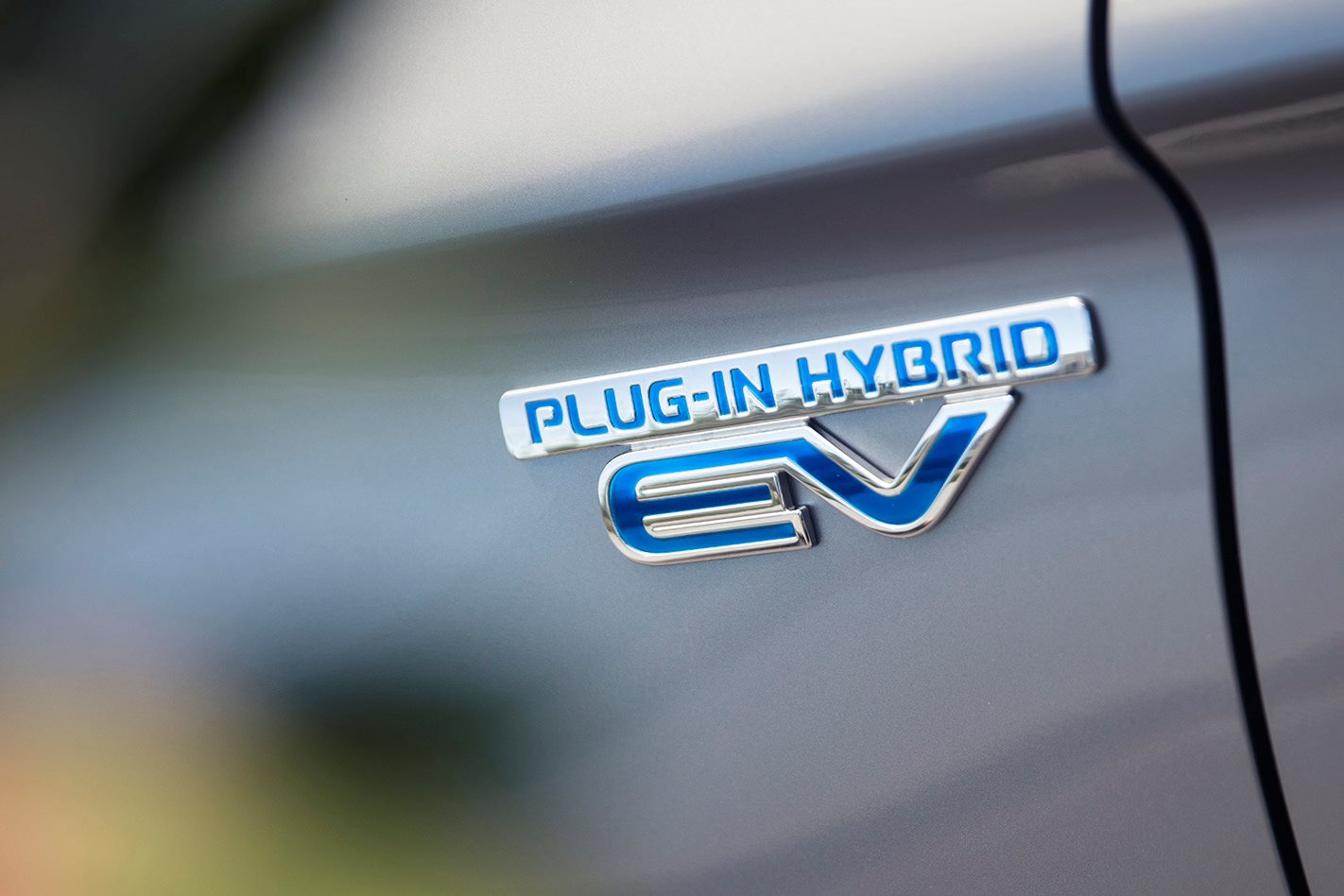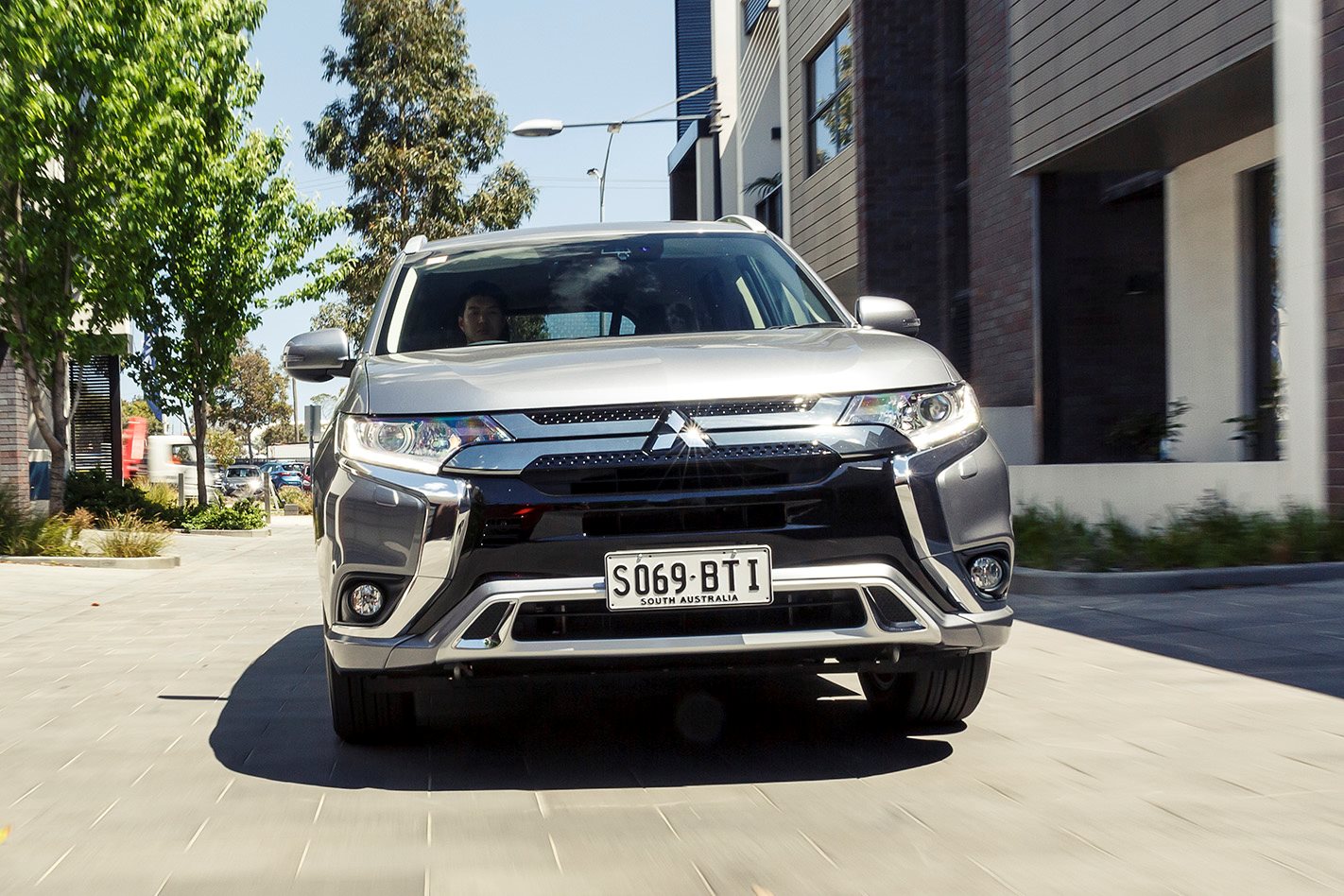
Eco-friendly options in the mainstream SUV space are few and far between. As diesels have fallen from favour in passenger cars and smaller SUVs, there hasn’t exactly been a rush of EVs and plugins to take their place. For the time being, the really cutting-edge stuff has been reserved for the premium market, where the added cost of a big battery is more easily absorbed.
But that’s not to say there’s nothing for regular Aussies. Two Japanese offerings give you the choice of either a conventional petrol-electric hybrid – the newly-landed Toyota Rav4 hybrid – or a plug-in hybrid – the familiar Mitsubishi Outlander PHEV – while still giving you the things you expect of a medium SUV – a high seating position, all-weather stability, and practical wagon dimensions.
How do they measure up against each other?
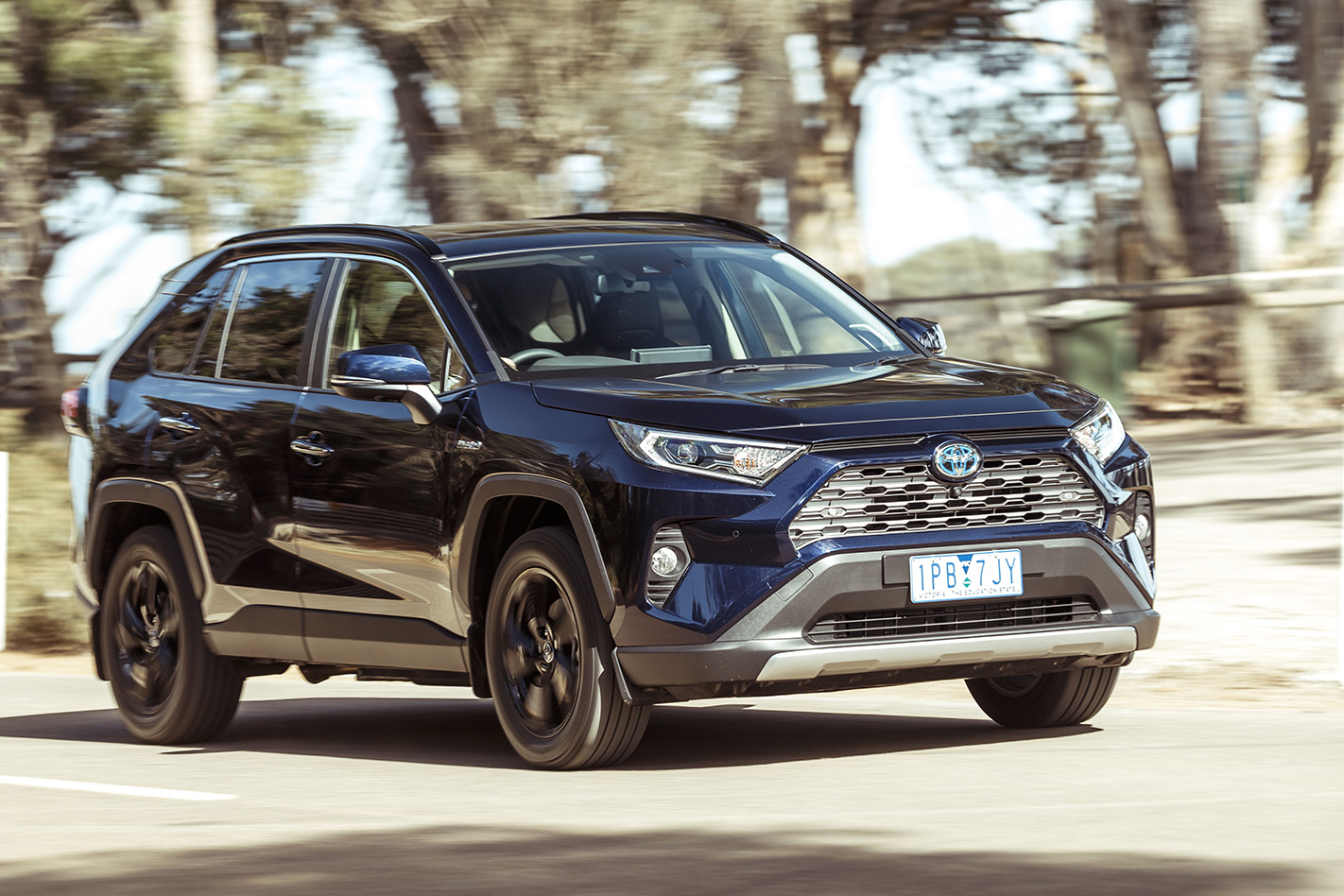
HOW AFFORDABLE ARE THEY?
Toyota RAV4 Cruiser
Sitting second from top of the RAV4 model hierarchy, the Toyota RAV4 Cruiser hybrid all-wheel drive comes with a $44,640 asking price that’s definitely at the higher end of the mainstream medium SUV segment. Going for the front-wheel drive hybrid Cruiser knocks $3000 off that retail sticker but comes at the expense of all-paw traction, and with the Outlander being an AWD-only affair it’s best to keep things on as even a pegging as possible.
Fuel economy is a claimed 4.8 L/100km, which is a hugely respectable claim for something of the RAV4’s size, and with a standard warranty of 5 years/unlimited kilometres and capped-price servicing of $210 every 12 months/15,000km (for the first five years), the Cruiser’s cost of ownership is quite reasonable.
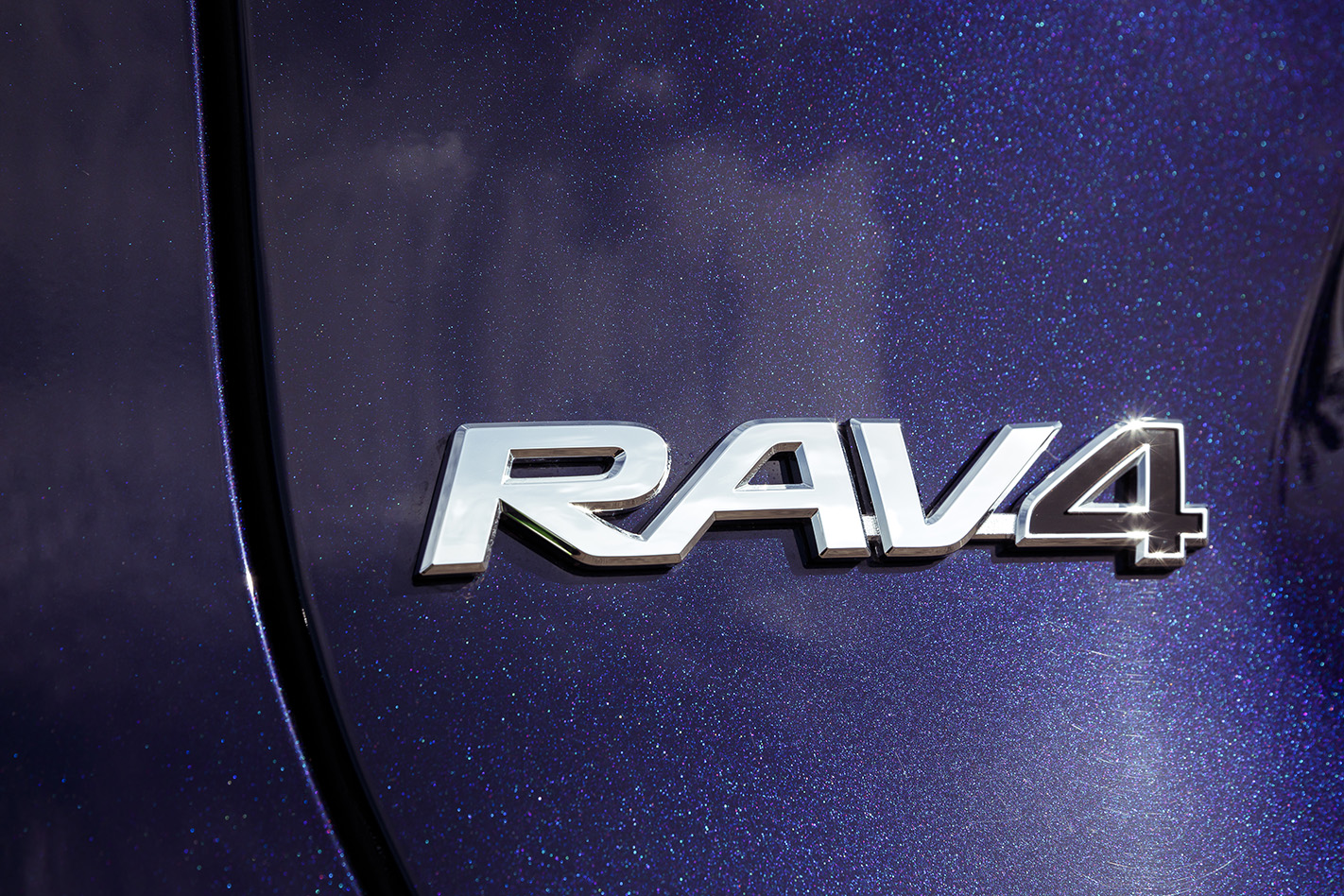
Mitsubishi Outlander PHEV ES
$45,990 gets you into the most affordable version of Mitsubishi’s plug-in SUV, the Mitsubishi Outlander PHEV ES, and considering both its size and zero-emissions capability that’s something of a bargain. Sure, you don’t get the electric range of a comparably-priced full EV like the Hyundai Ioniq or Nissan Leaf, but you get loads more cabin and cargo space along with the range-boosting flexibility afforded by a petrol engine.
After-sales care is provided by a 5 year/100,000km warranty and services occur every 12 months/15,000km at a cost of $310 for the first visit, $430 for the second and $365 for the third. No capped-price maintenance coverage exists beyond the first three years of ownership, which makes the Outlander’s ownership proposition a little harder on the wallet than that of the Toyota.
On the other hand, the Toyota doesn’t give owners the ability to run their car exclusively on cheap household electricity either, so the affordability outcome is about neutral between the two – at least for the first five years of ownership.
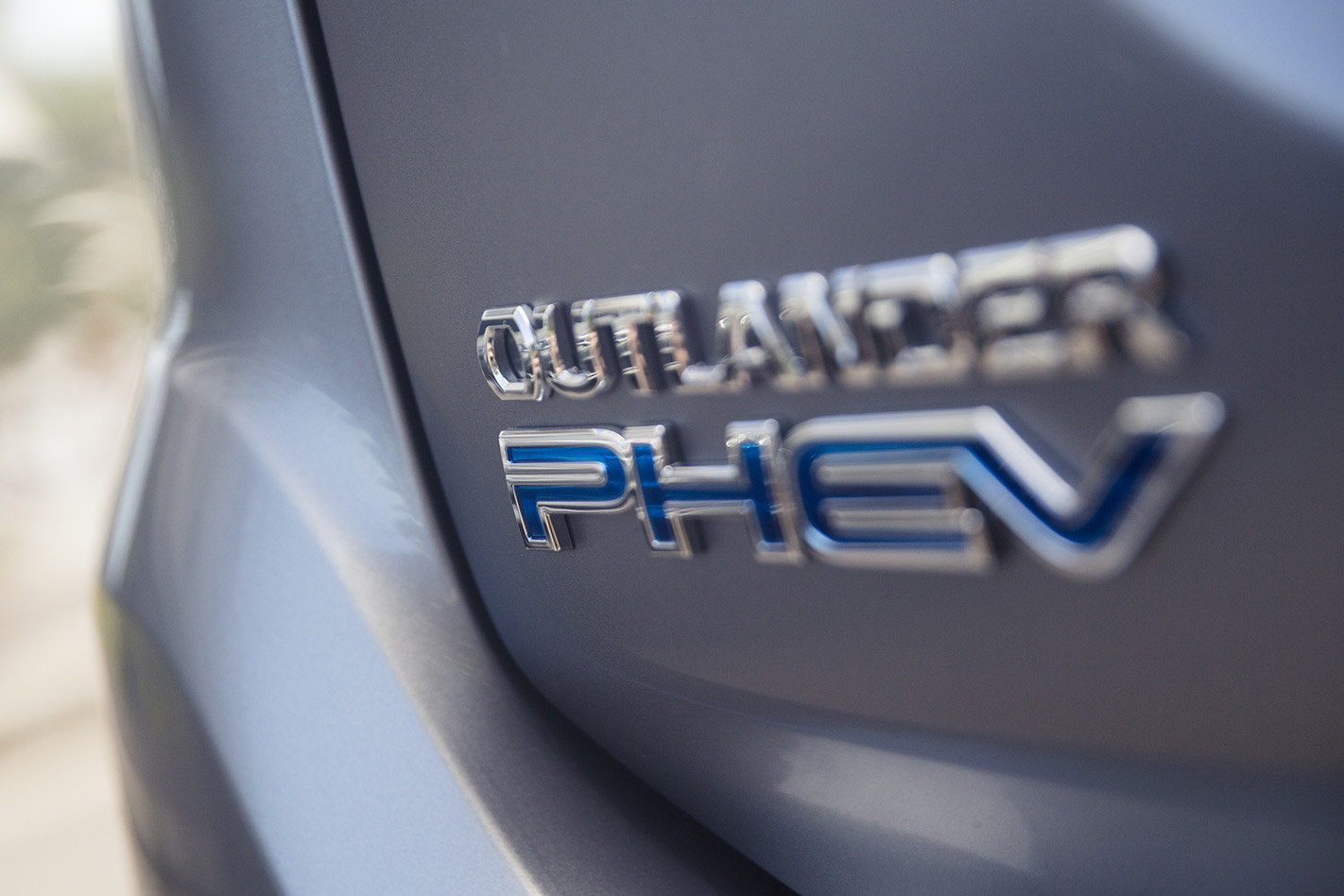
WHAT FEATURES DO THEY HAVE?
Toyota RAV4 Cruiser
Sitting above the GX and GXL in the RAV4 range, the Cruiser comes packed with loads of features. The infotainment screen, which sits atop the dash in a tombstone style housing, measures eight inches across and features standard sat-nav, Bluetooth phone/media streaming, AM/FM/DAB radio and a nine-speaker JBL premium audio system, while the instrument panel is centred around a seven-inch LCD with reconfigurable graphics.
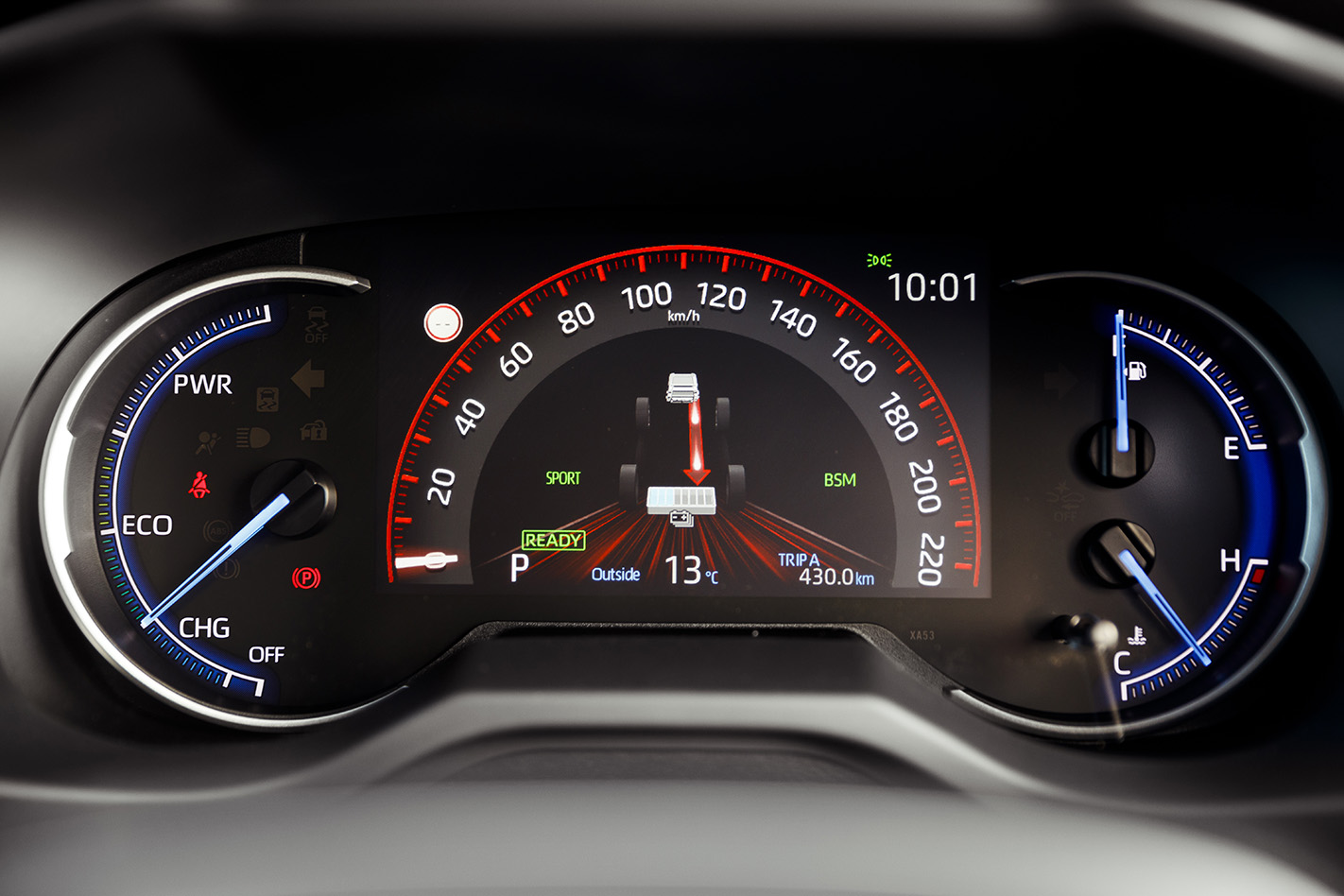
Leather upholstery covers the seats, armrests and steering wheel, and dual-zone climate control, buttons for the heated front seats and a wireless phone charging pad can all be found in the centre stack. The driver’s seat is also 10-way power adjustable, and driver comfort on long journeys is aided by the standard adaptive cruise control.
The list doesn’t end there either. A powered tailgate, LED headlamps, heated and power-folding wing mirrors, five USB ports and a glass sunroof add even more comfort and convenience, while the 18-inch alloys look smart. For the money asked, the Cruiser comes very well equipped.
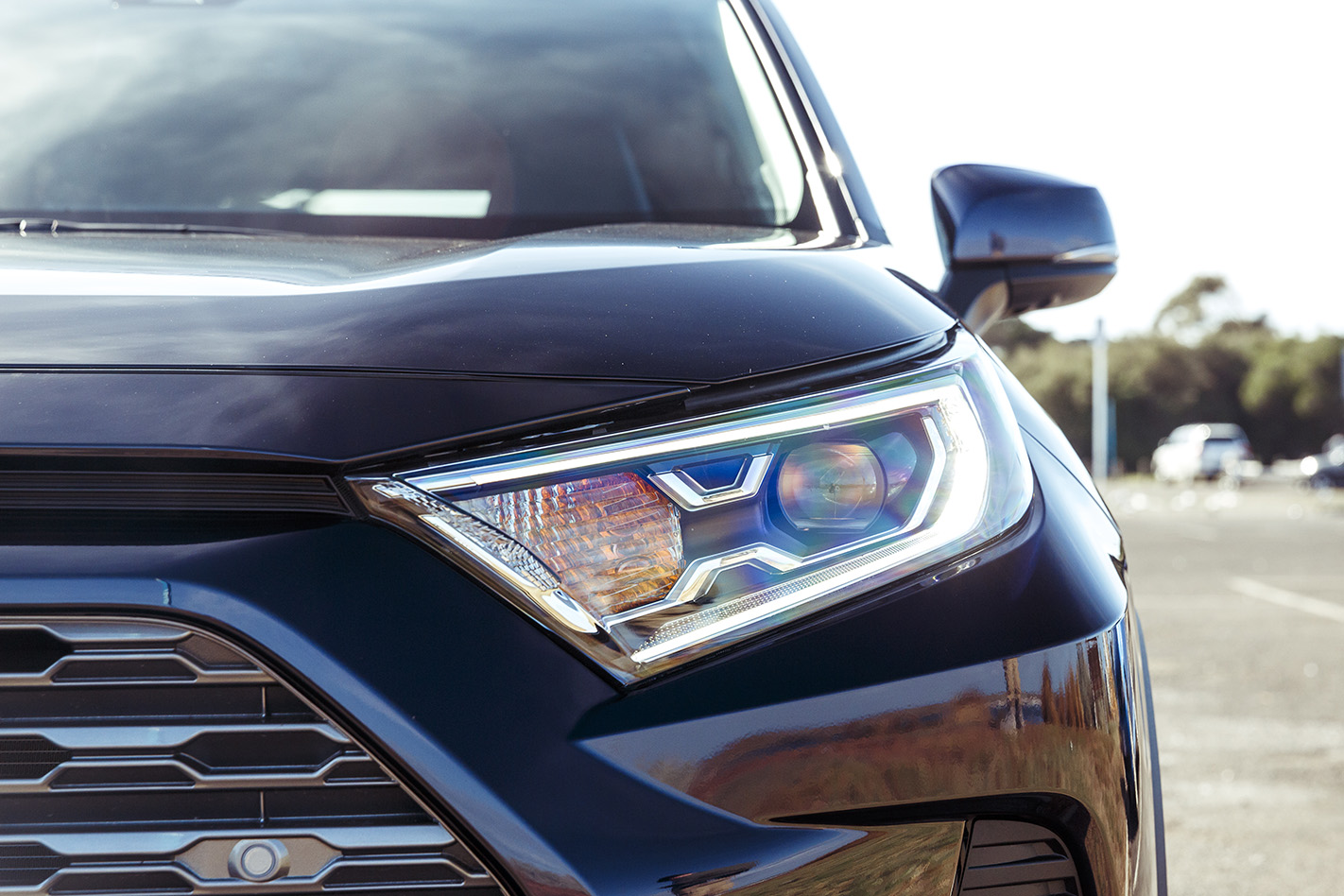
Mitsubishi Outlander PHEV ES
Though comparably priced to the RAV4 Cruiser, the Outlander PHEV ES is a step below it in terms of specification. The additional cost of its specialised plug-in powertrain means that the true spec-for-spec rival is the much more expensive Outlander PHEV Exceed, which costs just shy of $54K and thus not a fair comparison for the RAV4.
That said, you still get plenty of gear as standard. Keyless entry and ignition, dual-zone climate control, cruise control, rain-sensing wipers, dusk-sensing headlamps, part-pleather seats, and a leather-trimmed steering wheel take care of the basics.
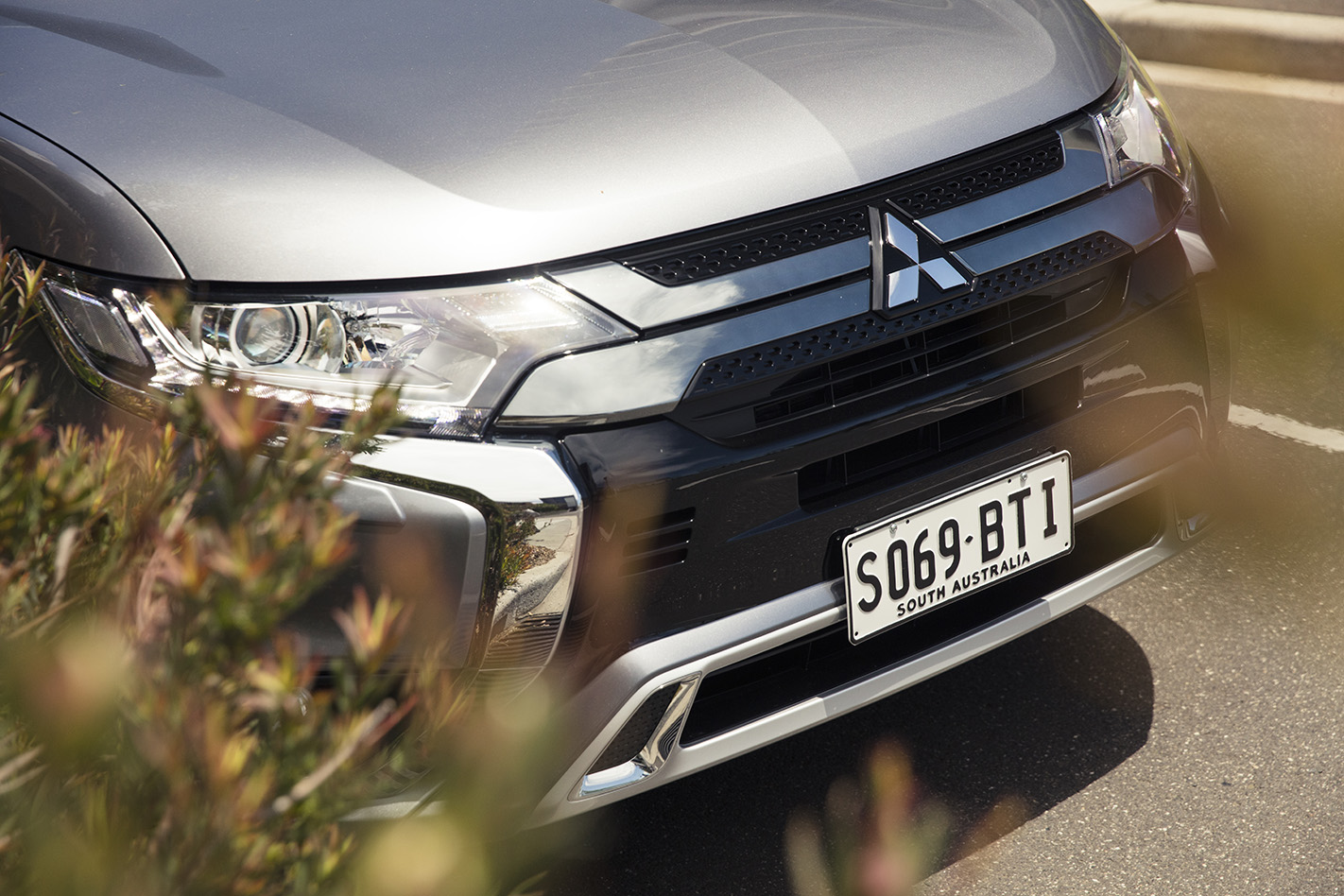
However, the seats adjust manually, there’s no seat heating, and no frontal parking sensors (just rear sensors and a camera). For gadget count, the RAV4 Cruiser offers more per dollar spent.
Infotainment is provided by a seven-inch colour touchscreen with an AM/FM/DAB radio tuner, six speakers, and Bluetooth phone/audio connectivity. One advantage the Outlander has over the RAV4 (for now), is the provision of Android Auto and Apple CarPlay smartphone mirroring – something that won’t be coming to the RAV4 until the end of 2019.
HOW PRACTICAL ARE THEY?
Toyota RAV4 Cruiser
Storage abounds within the RAV4’s cabin, with small oddment trays not only inset within the dashboard, but also beneath the front seats and centre console. The boot floor has two levels for added cargo-carrying versatility, and with the rear seats up there’s a generous 580 litres of cargo capacity with the boot floor at its lowest level (or 542L with it raised up).
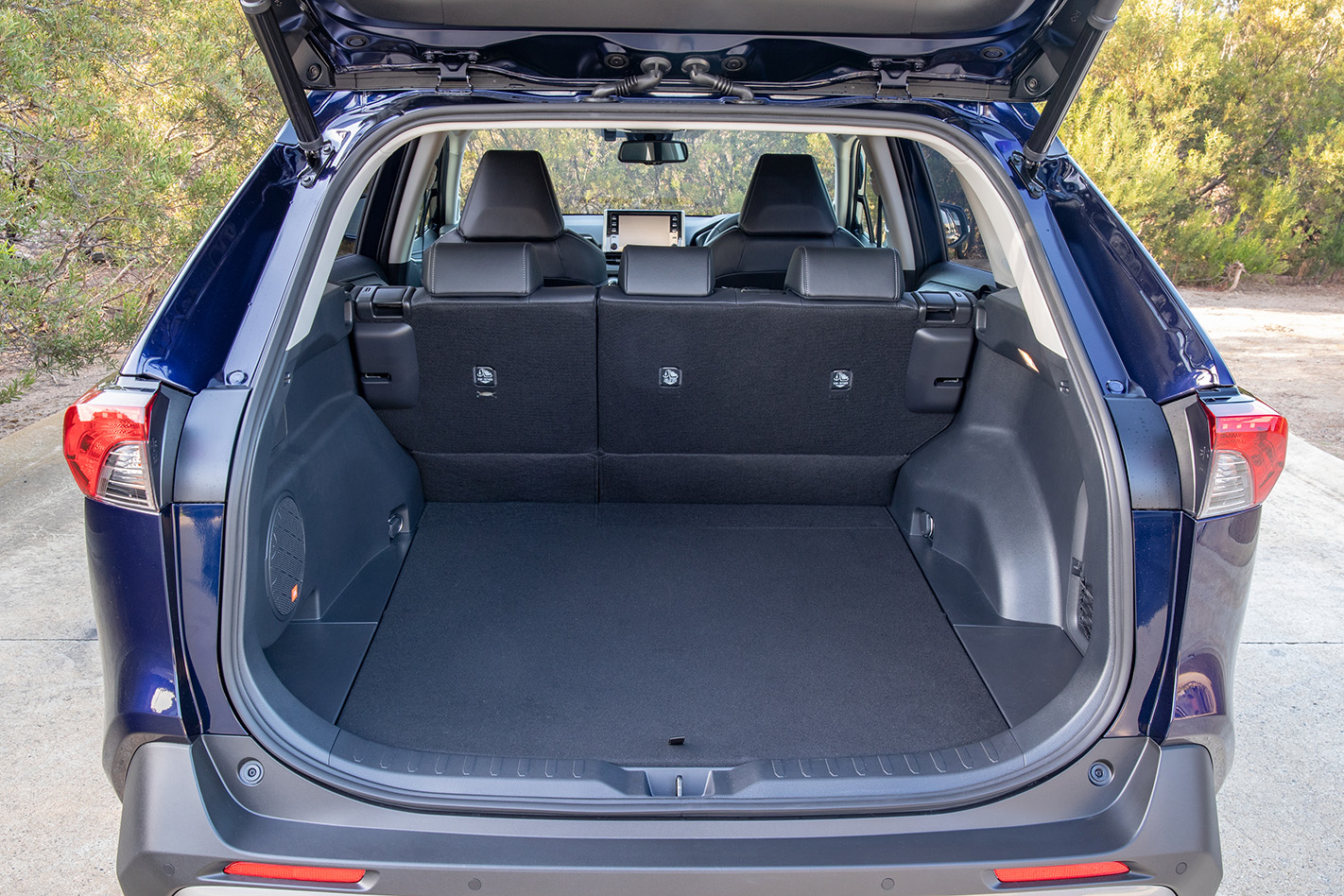
Mitsubishi Outlander PHEV ES
With a more sizable battery sitting under its boot floor, the Outlander’s cargo capacity trails the Toyota with 463 litres of seats-up volume, and a maximum of 1602 litres with seats folded down and cargo stacked to the roof.
In-cabin storage is generally good – though not quite as ubiquitous as the RAV4 – but the Outlander PHEV misses out on one feature that could make all the difference to some buyers. The seven-seat capability of the regular Outlander is deleted in the PHEV due to the space taken up by the charger and control electronics for its high-voltage battery, meaning the Outlander PHEV is, just like the RAV4, strictly a five-seater proposition.
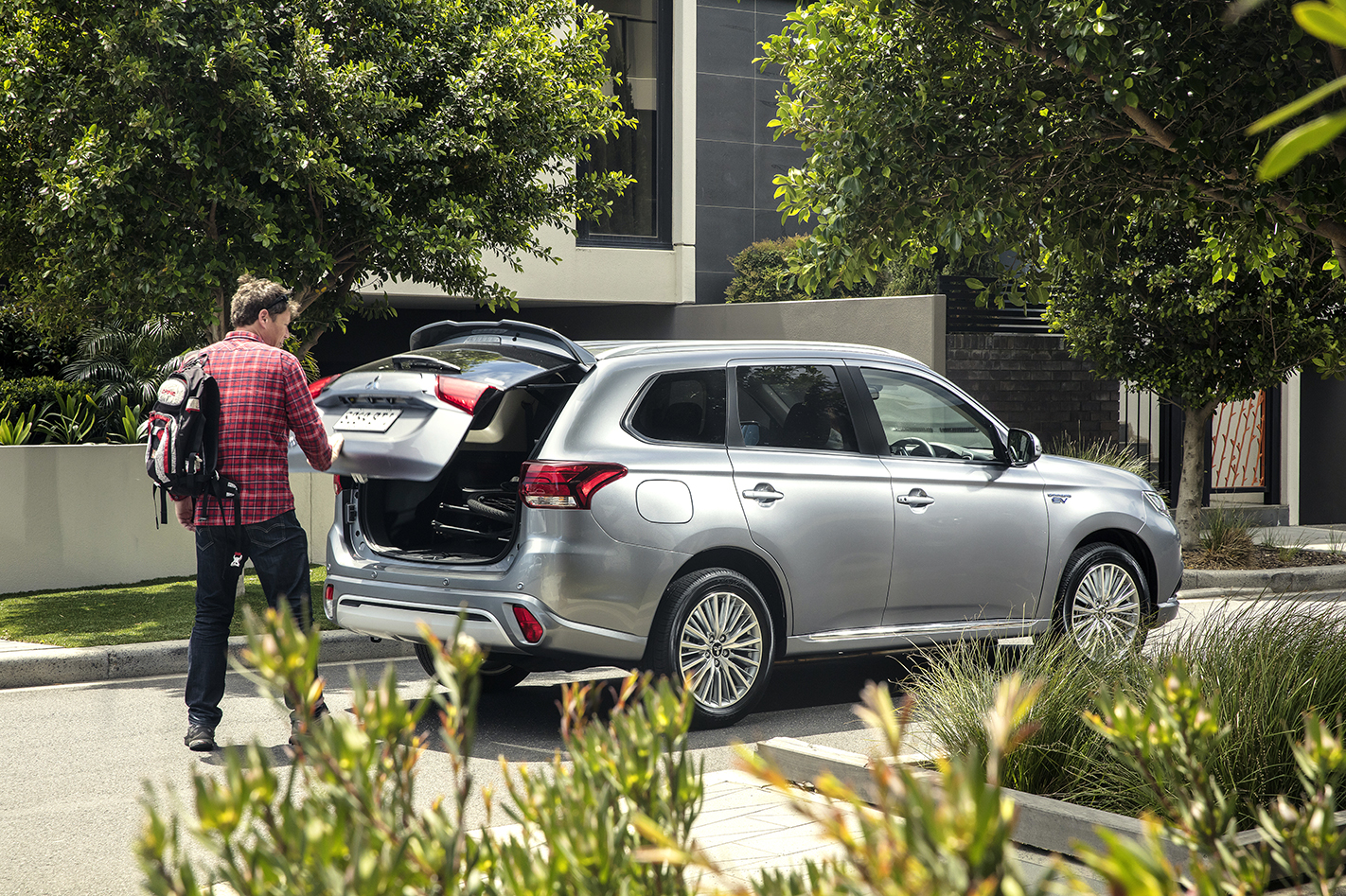
HOW SAFE ARE THEY?
Toyota Rav4 Cruiser
Safety features abound with the RAV4, thanks to autonomous emergency braking (with pedestrian/cyclist detection), stability control, traction control, active cruise control, collision detection, lane departure warning, lane keep assist, rear cross-traffic alert and auto highbeam all included as standard. A top-down camera view also helps prevent low-speed bingles, ISOFIX child seat anchorages are included on the outer rear seats and seven airbags (front, front side, full-length curtain and driver’s knee) help keep occupants safe in an impact.
Mitsubishi Outlander PHEV ES
Here’s where the Outlander lags most significantly. While it also boasts two ISOFIX points, seven airbags, stability control and traction control, more sophisticated driver aids like AEB, lane departure warning, high beam assist and active cruise are only available in the more expensive Outlander PHEV ES ADAS model. Features like lane keep assist and rear cross traffic alert simply aren’t available in the range, full-stop.
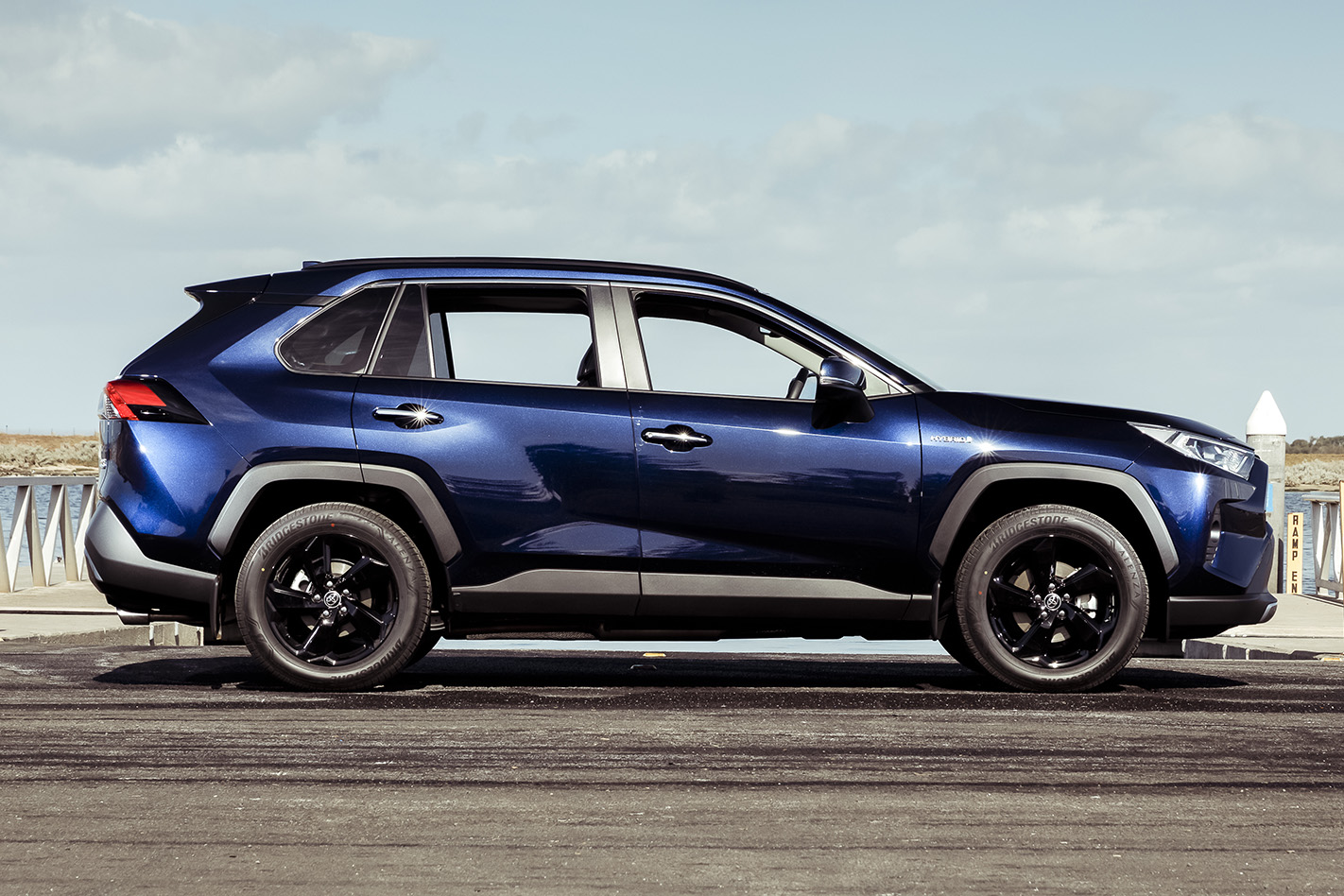
HOW COMFORTABLE ARE THEY?
Toyota RAV4 Cruiser
The bland and ho-hum cabin of the previous-generation RAV4 is well and truly gone, replaced with a smart-looking and ergonomically superior interior that’s both comfortable and liveable.
The front seats themselves, besides being heated for cold-weather comfort, provide good support for a wide range of body types, though the lack of height adjust for the passenger seat may leave their noggin a little too close to the Cruiser’s sunroof for comfort, especially if they’re tall of torso.
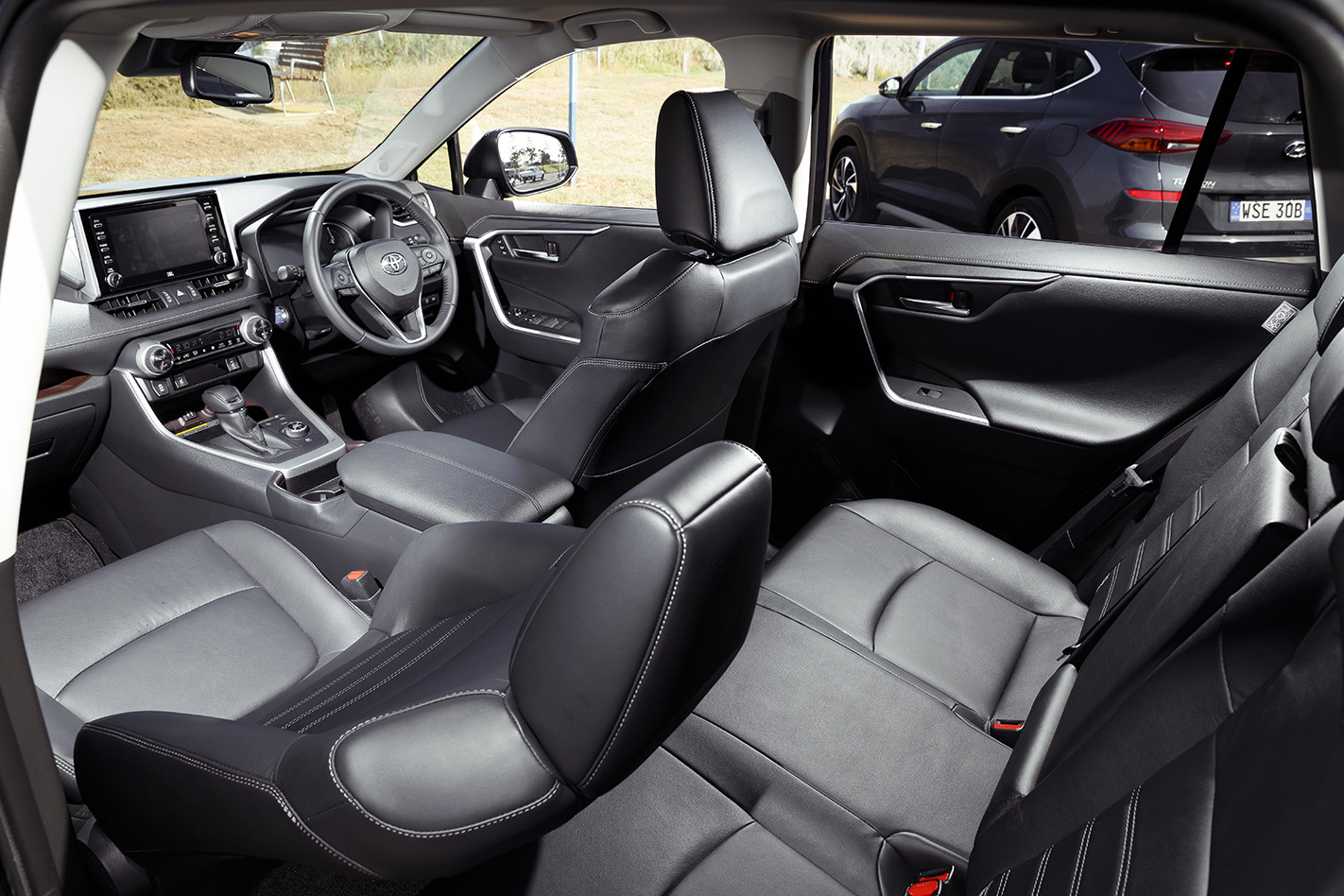
That big infotainment screen is clear and easy to read, though the smallish buttons on its periphery can be a bit fiddly to use, particularly the ones on the left of the screen which necessitate a lean forward to reach. No such complaints about the bigger ventilation controls on the centre stack, with those large rotary temperature dials being particularly easy to use without taking eyes off the road.
Fitting three across the second row isn’t too bad if they’re children or slim-hipped, though for adults the RAV4 is better as a four-seater. Even so, standard-issue rear vents on the back of the centre console help them stay cool, the large windows give a great view of the outside world and the near-flat floor does at least mean the centre seat doesn’t also have to deal with a knees-up posture.
The rear bench itself isn’t as well sculpted as the front seats, but reasonably comfortable nevertheless. At least those in the back won’t complain about their phones or tablets running flat on long journeys, with two USB charge sockets beneath the air vents supplying volts.
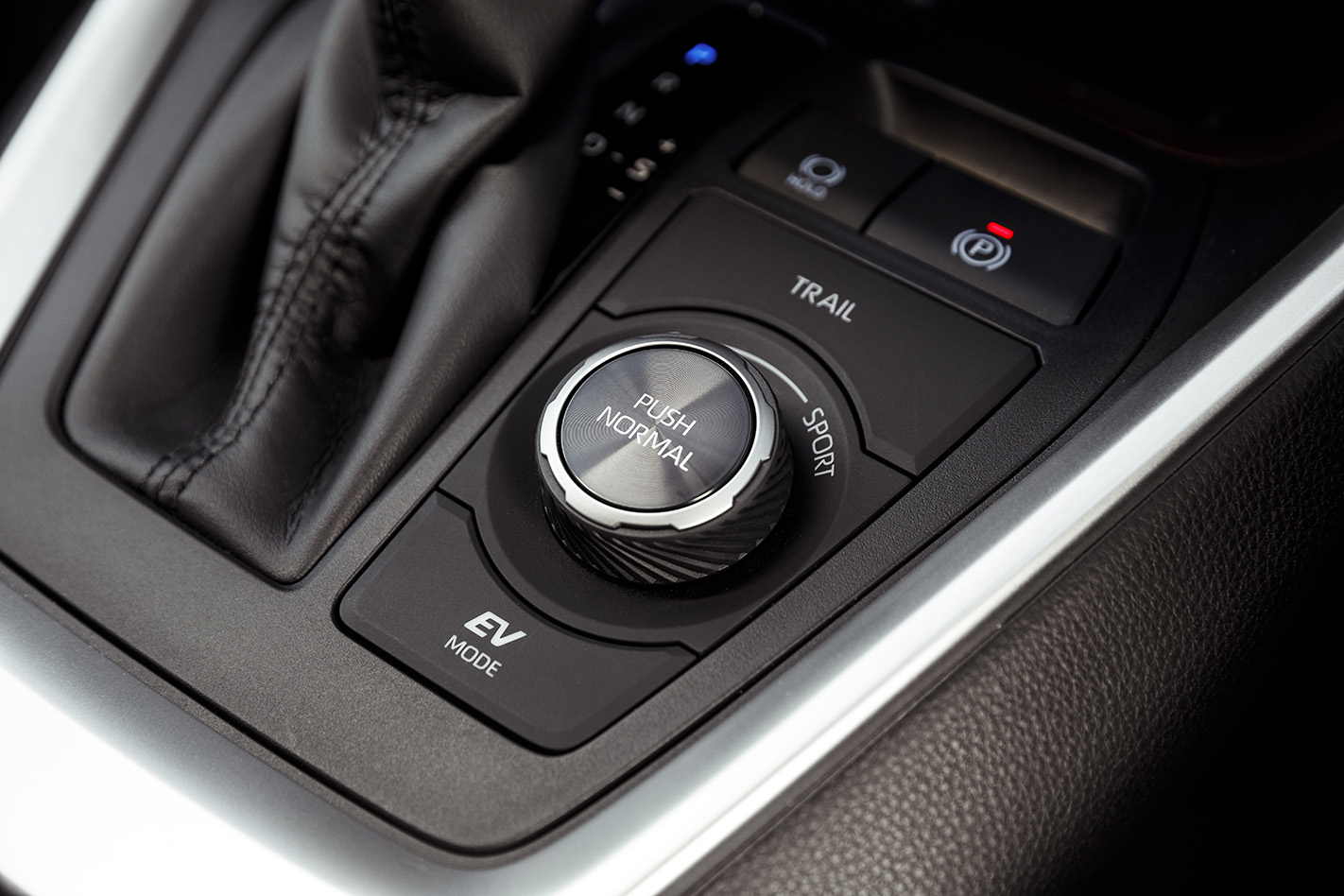
Mitsubishi Outlander PHEV ES
The Outlander’s cabin is less successful than the Toyota in terms of design cohesion, presentation and material quality, though as a family SUV that’s bound to receive more than a few spills, knocks and stains it does at feel durable.
Seat comfort isn’t a highlight though, in any of the Outlander’s five positions. The view forward isn’t as expansive as the RAV4 either, perhaps owing to a seating position that feels more carlike than SUV-tall, and the PHEV-specific drive selector on the centre console just seems unnecessarily bulky … and weird.
Beyond the absence of modcons found in the Toyota, the Outlander’s infotainment system is also slower to react to touch inputs and generally fiddlier to use. It’s a more austere environment than the RAV4, and one that’s definitely showing its age by now. With this generation of Outlander notching up seven years of production in 2019, the gap between it and the RAV4’s cabin presentation is understandably stark.

WHAT ARE THEY LIKE TO DRIVE?
Toyota RAV4 Cruiser
Again, the new-gen RAV4 represents a massive step-change over its predecessor, offering a driving experience that’s effortless and largely vice-free in hybrid AWD form. Indeed, the hybrid is the powertrain to pick, leaving the entry-level 2.0-litre non-hybrid engine in the dust as far as torque and acceleration go.
Connected to a seamless CVT automatic that quietly shifts ratios in regular driving but adopts a sportier character the harder you press, the RAV4 hybrid simply gets the job done without fuss.
Ride and handling are also ideally suited for a family wagon, with great roadholding, predictable dynamics and supple comfort courtesy of a suspension tune that was developed on Aussie roads. Whether on backroads, suburban streets or highway, the RAV4 is supremely easy to drive.
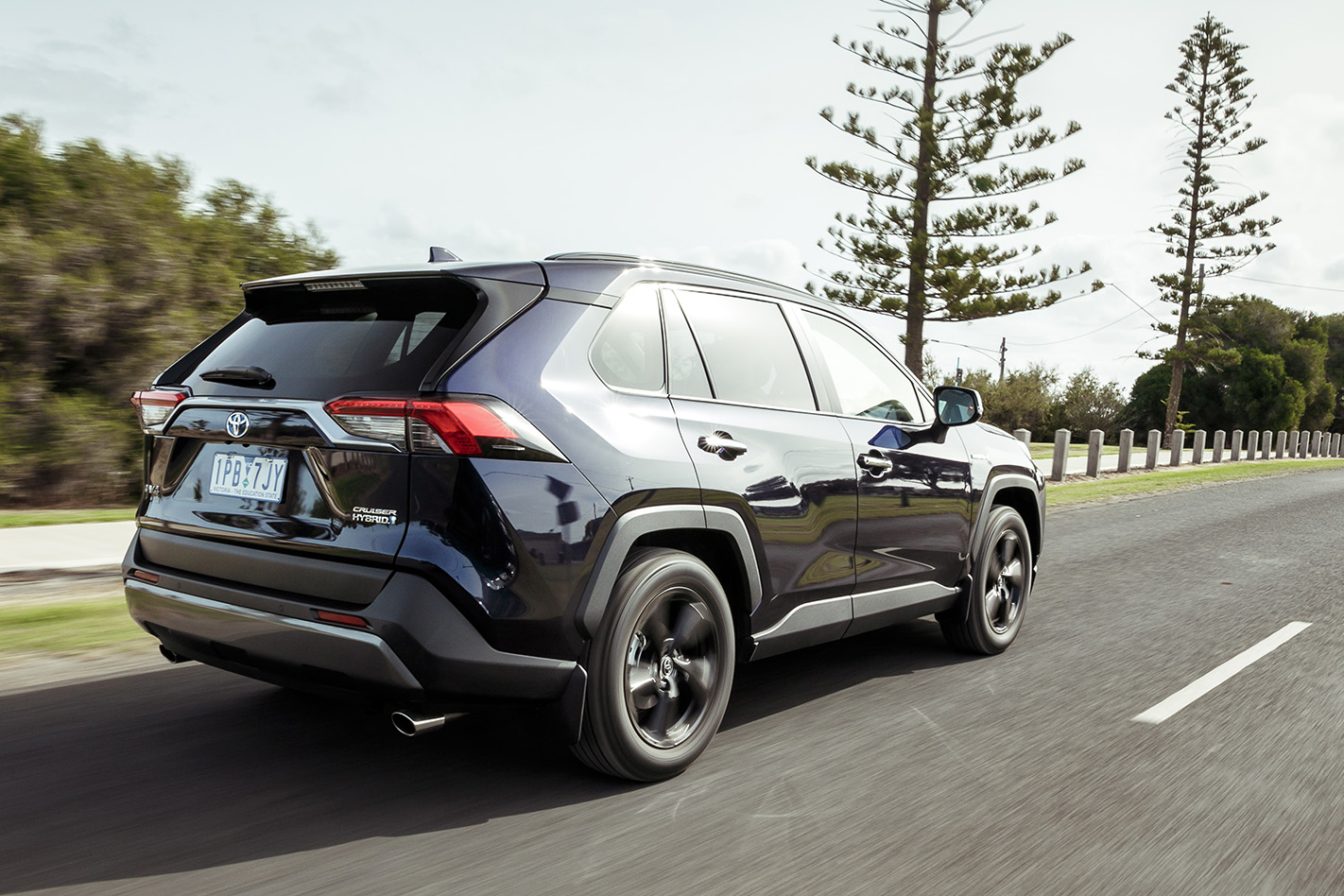
Mitsubishi Outlander PHEV ES
The Outlander’s unique selling point is, without doubt, its ability to travel for up to 54 kilometres on battery power only, before extending that range significantly by firing up its 2.0-litre on-board motor/generator.
It’s a capability the RAV4 simply doesn’t have, and while the Toyota may have a commendably low claimed fuel consumption of 4.8 L/100km, the Mitsubishi could conceivably give you a full day’s worth of driving without burning a single drop of petrol. Factor in the massive savings in running a car on electricity versus running one on petrol or diesel, and the Outlander PHEV could save you a tonne of money over its lifespan.
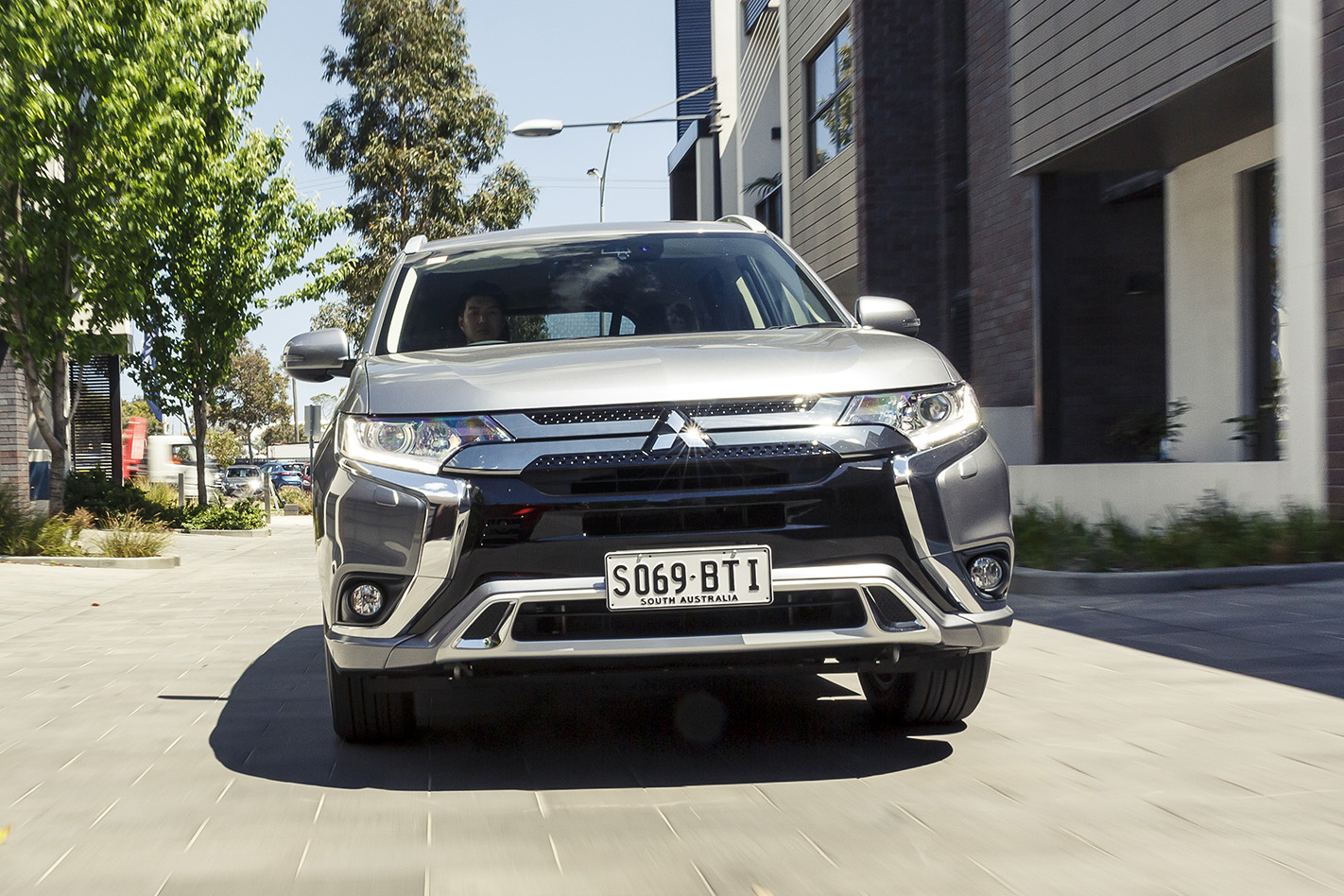
And by running it primarily in its electric mode, the Outlander is at its best. Quiet, incredibly smooth and overall quite relaxing to drive, it’s perfect for zipping about town in an efficient – yet effective – way, and significantly more convincing than the Outlander’s other petrol- and diesel-powered variants.
Couple that with surprisingly engaging steering and a suspension that’s good around town (but not quite the Toyota’s equal on more challenging surfaces), and the Outlander’s driving experience isn’t just not too far behind that of the RAV4, but in even better in the ever-critical criteria of efficiency and refinement.
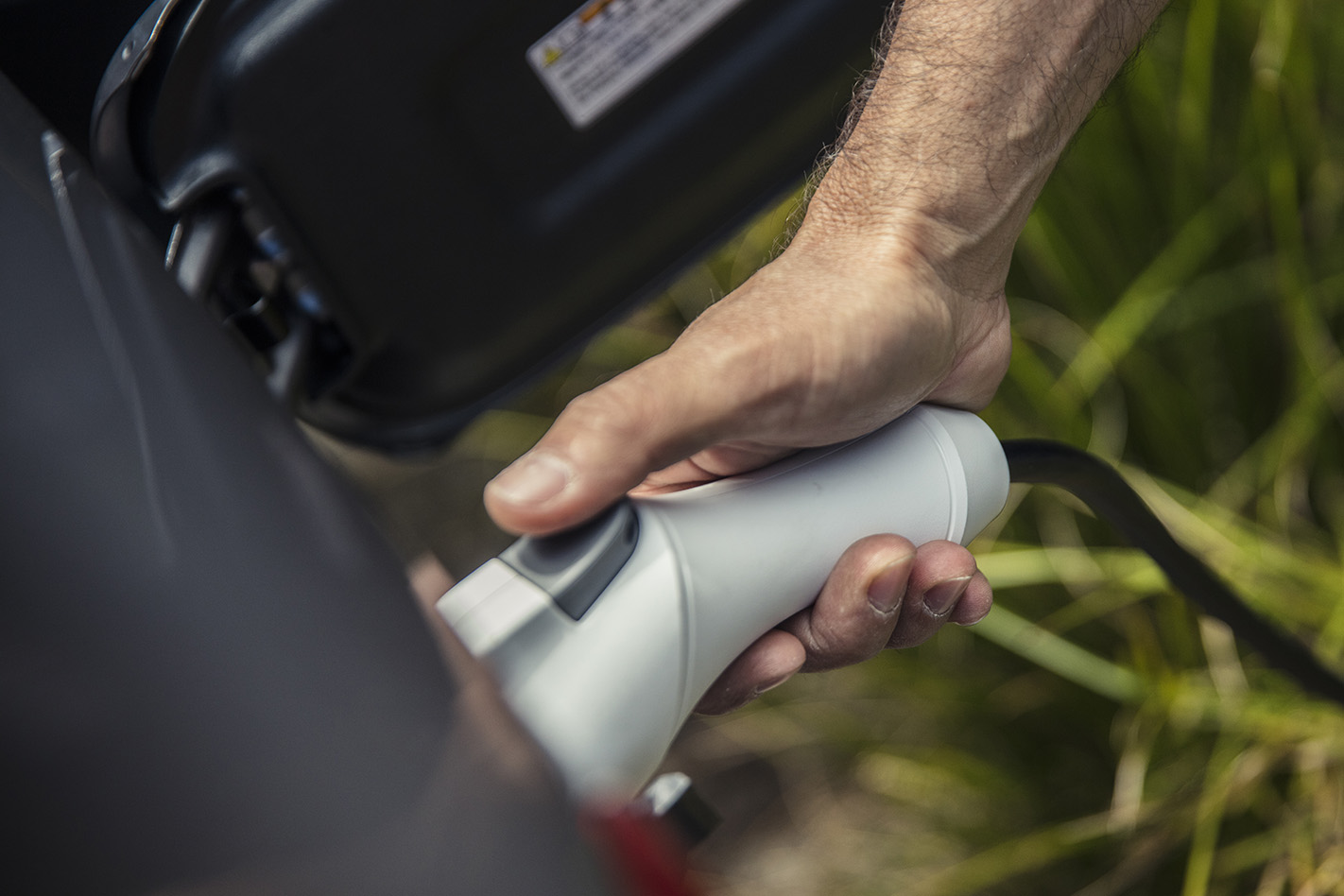
OUR OPINION
It’s a tricky call to make, what with the RAV4 Cruiser having only just come into existence and the Outlander PHEV being very much at the end of its natural lifespan, however if there’s one thing that keeps the aging Mitsubishi sharp it’s its plug-in hybrid capability.
There’s nothing else in its size and price category that gives you that flexibility, and the prospect of being able to bypass expensive fuel costs must indeed be attractive to more than a few Australian families.
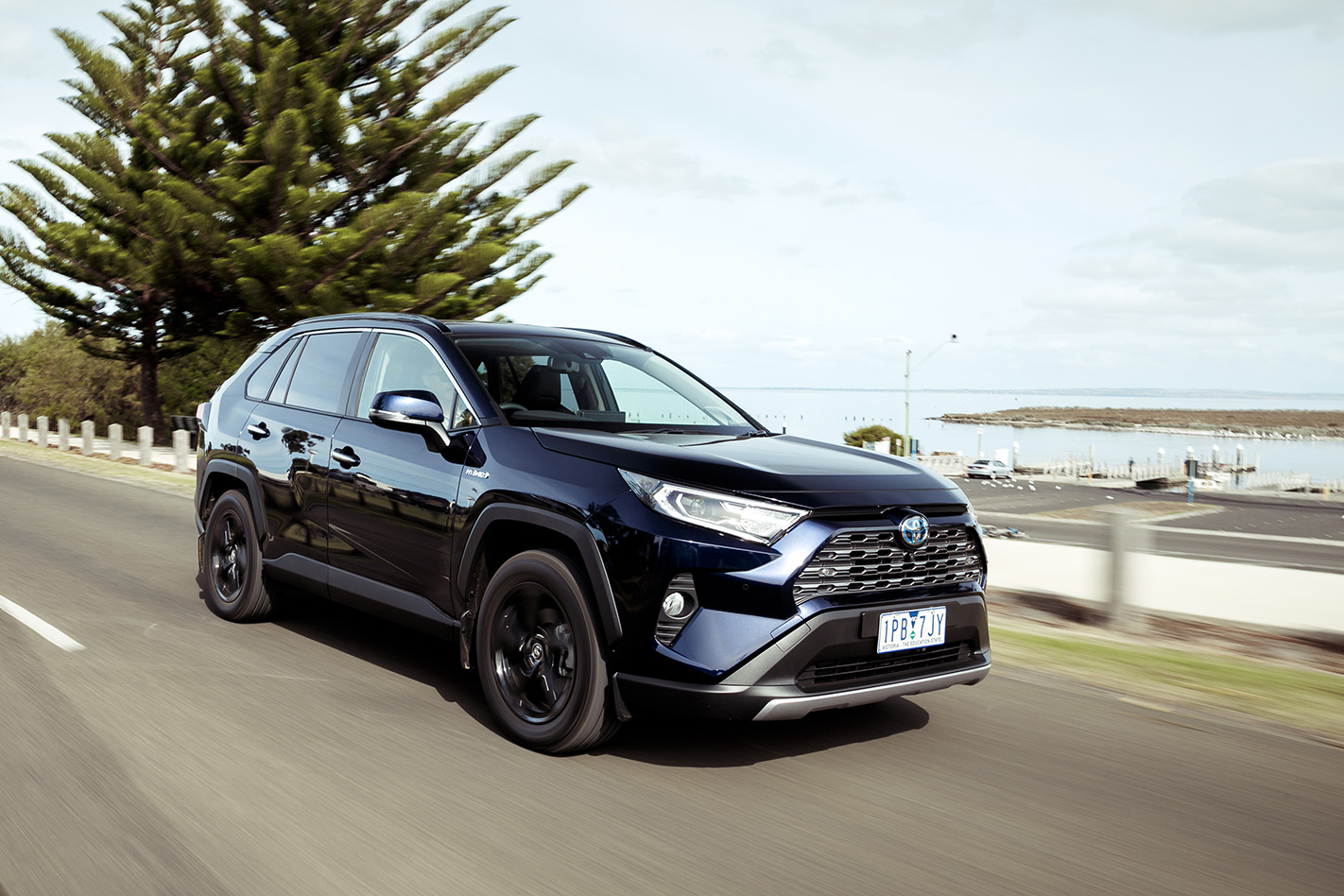
On the other side of the coin is the RAV4, which sips fuel at an admirably low rate and is a significantly more up-to-date offering. It’s not as kind on the environment in the long run, but as a product it’s probably the one that more people would want to see in their driveway simply by virtue of being newer.
But if you want to minimise your ecological footprint while still having a practical family SUV, there’s really just one choice – the Mitsubishi. Astonishingly, despite its age the Outlander still has something to give.
